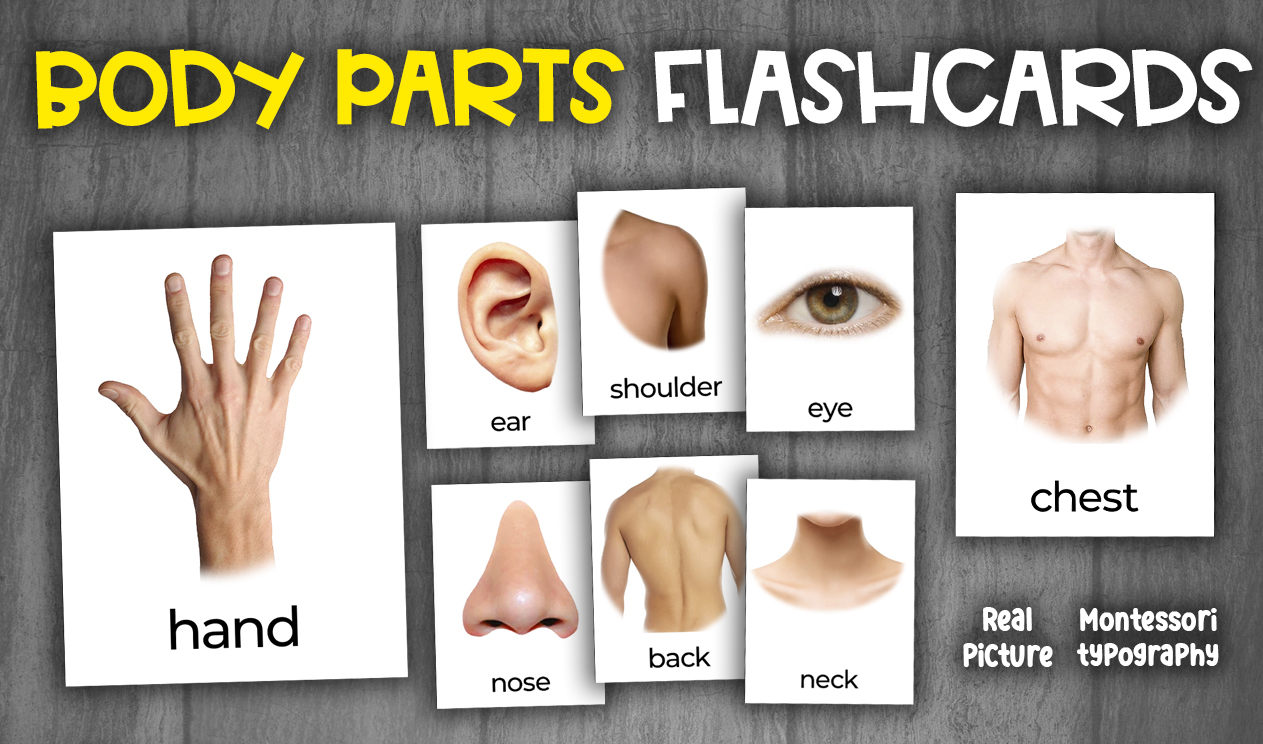Hi Families and teachers! I’m excited to introduce my new Human Body Parts Flashcards! Thisp printable is perfect for young learners, these flashcards make it easy for kids to learn about the human body in a fun and engaging way.
It will help you if you are teaching science, anatomy, or even basic language skills, these cards are a great tool to help children understand how their bodies work.

This printable has been designed for both classrooms and home learning, these flashcards are packed with colorful illustrations and clear labels to help kids identify and remember different parts of the body. All of them are Real Images, monstessori inspired.
What’s Inside?
Our flashcard set includes 24 key body parts. You’ll find everything from common parts like “eyes,” “nose,” and “fingers” to more specific ones like “wrist,” “knee,” and “toes.” Each card is simple and clear, helping kids quickly recognize and name the parts of their own bodies.
GET THESE FLASHCARDS HERE
Different ways to to use this flashcards
These flashcards aren’t just for rote memorization! Here are some ways to use them to make learning fun and interactive:
- Label the Body: Have students place the flashcards on a large drawing or model of a human body, labeling the parts as they go.
- Simon Says Game: Incorporate the flashcards into a game of “Simon Says” by holding up a card and having the kids touch or point to that body part.
- Body Movement Practice: Use the cards to encourage kids to move! For example, when you hold up the “leg” card, they can hop, or for “hands,” they can clap.
- Creative Learning: After learning about the parts, ask kids to draw a picture of themselves and label their own body parts using what they’ve learned.
Why Teach Body Parts with Flashcards?
Understanding the human body is a foundational part of early childhood education. Learning body parts not only improves vocabulary but also helps kids build a strong sense of body awareness. This knowledge is essential for health, safety, and physical development.

